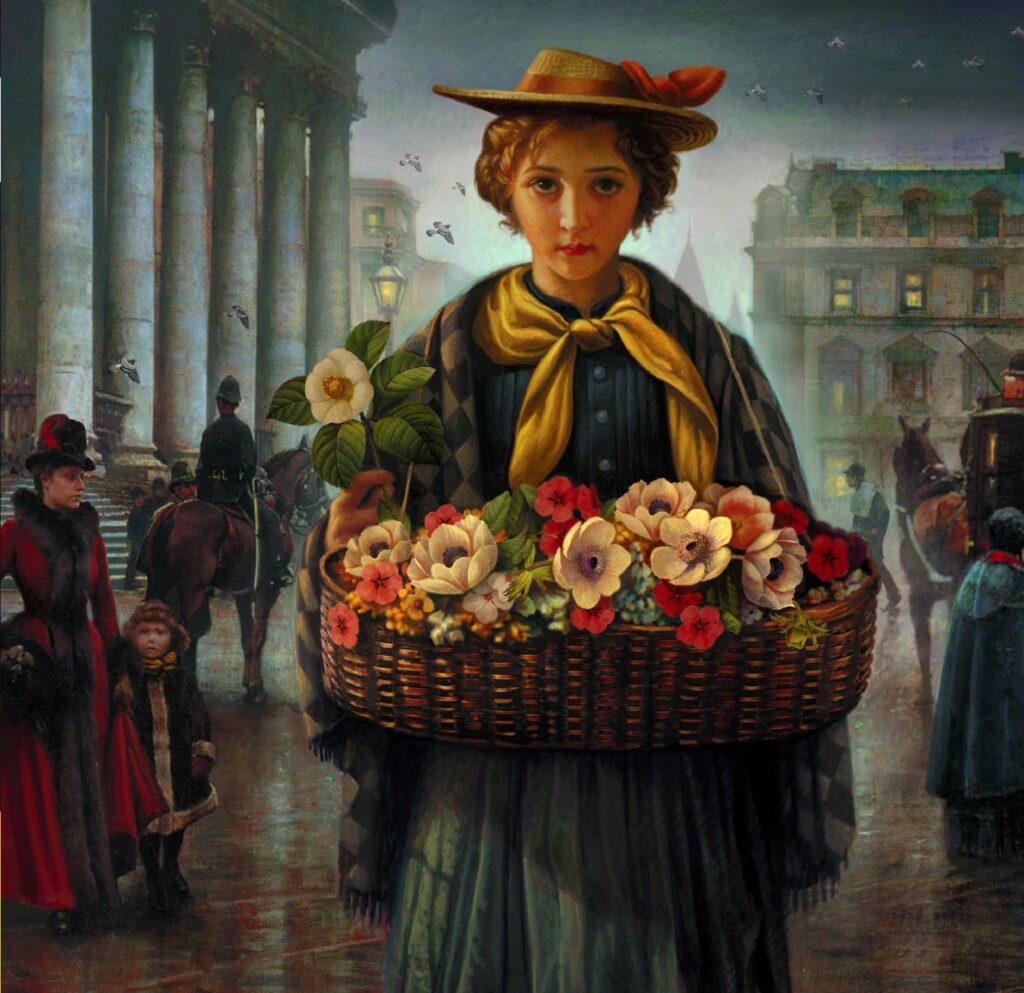Invisible Cities is quite a strange book. It chronicles the dialogue between Kublai Khan, the Mongol emperor, and Marco Polo, a Venetian traveler, wherein the latter describes the cities of the empire from his travels to the former. Over 9 chapters, Marco describes 55 cities divided into 11 thematic categories. The 55 cities, all bear female names. But the more cities Marco describes to Kublai Khan, the more he sees a certain resemblance of a pattern until he realizes that Marco Polo has all through described only one city, which is Venice.
Outwardly, the book is a beautiful nonsense. All you read is Marco Polo’s nonsensical description of the cities to which he had traveled. But if you give more meaning to his words and look beyond their surface, the nonsense clears itself into a thought-provoking philosophy. Marco Polo’s descriptions of the cities of his travels may sound abstract and nonsensical until you realize that it must be so, for one can only describe a thing according to his subjective perspective. Marco’s descriptions of the cities of his travels are a hybrid of his memories, desires, and what he perceived through his naked eye. But what does he see through his naked eye? Does he see the cities of Kublai Khan’s vast empire? Or do the cities elude his vision and become invisible?
Kublai Khan’s desire to comprehend the present true state of the cities of his great empire is frustrated by Marco’s descriptions. When Kublai demands Marco to describe his cities, with the help of a chessboard, only the great Khan comes to realize that what he seeks to comprehend, can never be comprehended. “Perhaps, instead of racking one’s brain to suggest with the ivory pieces’ scant help visions which were anyway destined to oblivion, it would suffice to play a game according to the rules, and to consider each successive state of the board as one of the countless forms that the system of forms assembles and destroys. Knowledge of the empire was hidden in the pattern drawn by the angular shifts of the knight, by the diagonal, passages opened by the bishop’s incursions, by the lumbering, cautious tread of the king and the humble pawn, by the inexorable ups and downs of every game. What were the true stakes? At checkmate, beneath the foot of the king, knocked aside by the winner’s hand, a black or a white square remains. By disembodying his conquests to reduce them to the essential, Kublai had arrived at the extreme operation: the definitive conquest, of which the empire’s multiform treasures were only illusory envelopes. It was reduced to a square of planed wood: nothingness. . . .”
The book is a beautiful work of philosophy. I was in awe once the comprehension began to dawn upon me. There was so much material to reflect on. I was thoroughly captivated by his beautiful writing and profound philosophy. My kindle is full of highlighted passages which is evidence in itself of how much I was enchanted by his words. I don’t like to crowd my review with quotations, but I feel some of it is called for, in justice for this work. Therefore, I’ll be sharing the following two quotations as a winding up to the review.
“Marco Polo describes a bridge, stone by stone. “But which is the stone that supports the bridge?” Kublai Khan asks. “The bridge is not supported by one stone or another,” Marco answers, “but by the line of the arch that they form.” Kublai Khan remains silent, reflecting. Then he adds: “Why do you speak to me of the stones? It is only the arch that matters to me.” Polo answers: “Without stones, there is no arch.”
“Perhaps, Kublai thought, the empire is nothing but a zodiac of the mind’s phantasms. “On the day when I know all the emblems,” he asked Marco, “shall I be able to possess my empire, at last?” And the Venetian answered: “Sire, do not believe it. On that day you will be an emblem among emblems.”
Rating: 4/5



